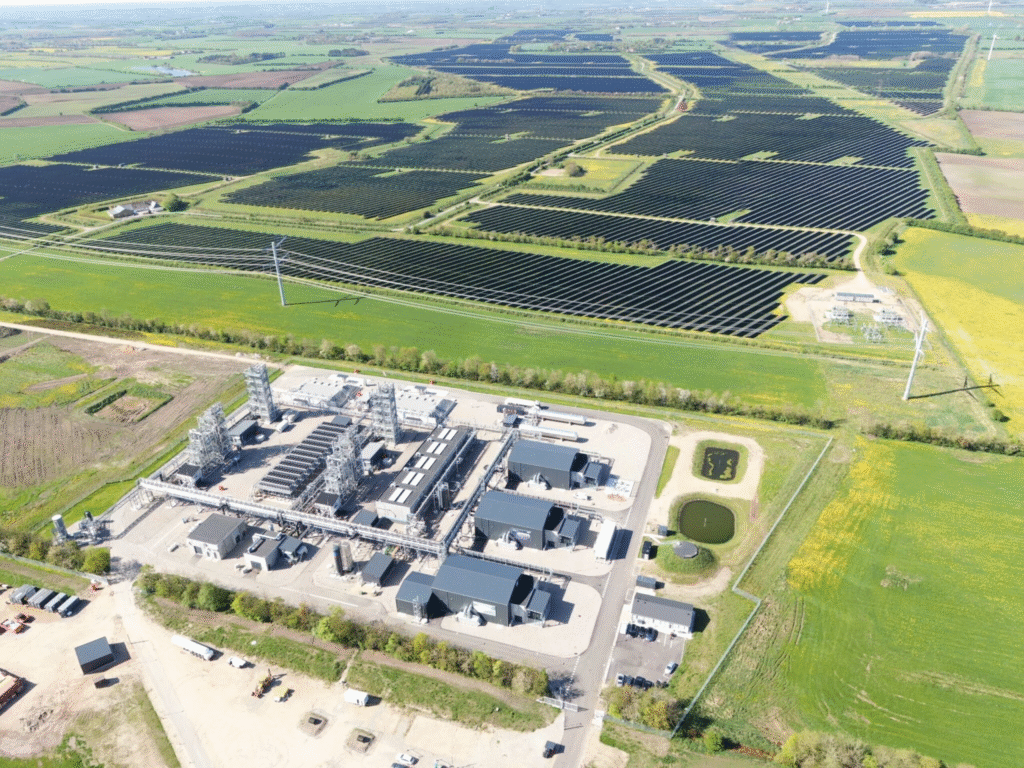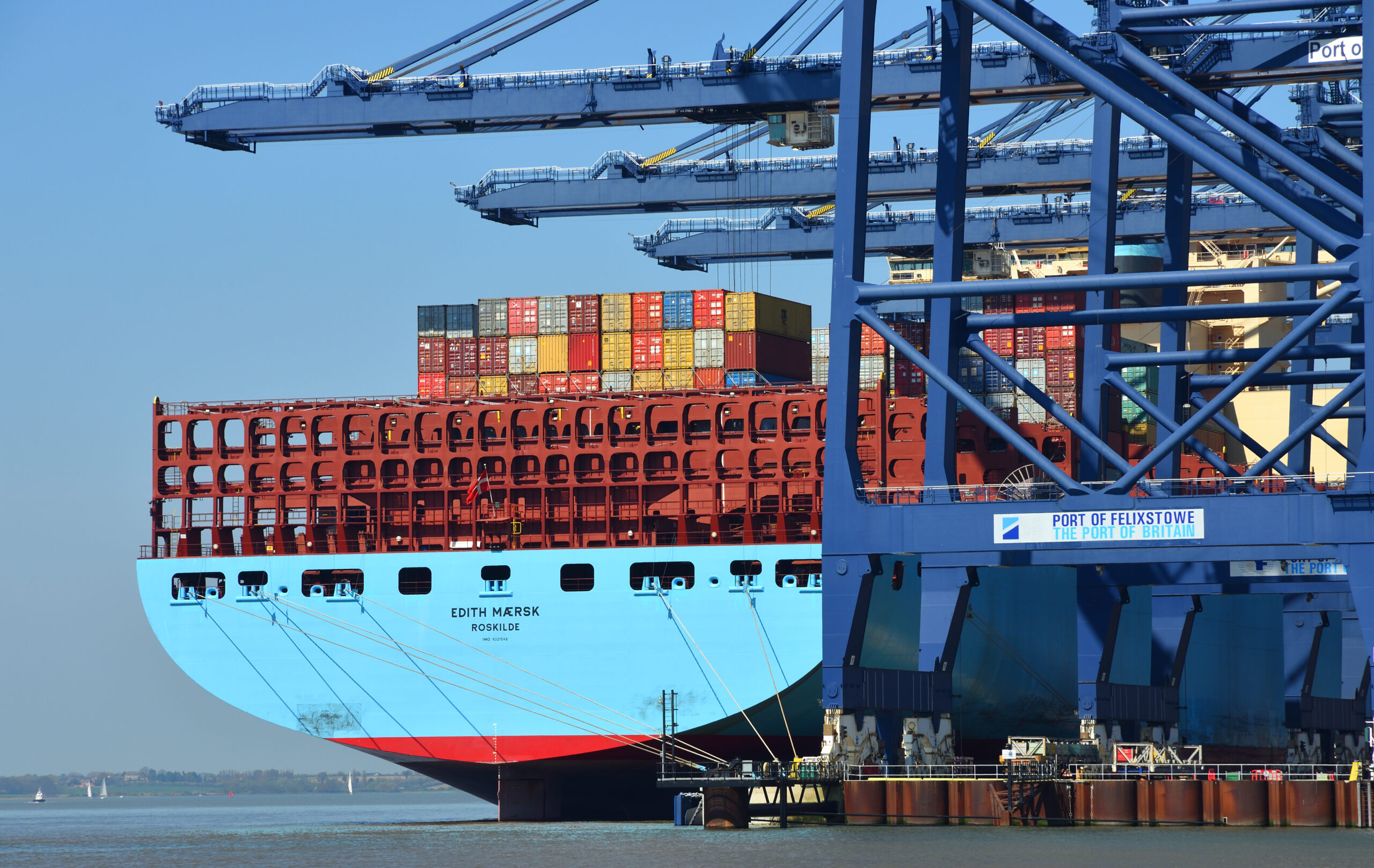The Kassø e-methanol production facility has been officially inaugurated in Aabenraa, southern Denmark. Developed by European Energy, the Danish renewable energy company, in partnership with Japan’s Mitsui & Co., the Power-to-X plant will produce up to 42,000 tonnes of e-methanol per year and represents a major development in the industrialisation of green fuel production.
The e-methanol production process utilises a 52.5MW Siemens Energy electrolyser powered by renewable electricity from the adjacent 304MW Kassø solar park, the largest in Northern Europe, along with biogenic CO2 sourced from a nearby biogas facility. The fuel produced has a lifecycle emissions profile that is 97% lower than that of conventional methanol, as certified under the EU’s Renewable Fuels of Non-Biological Origin (RFNBO) framework through the International Sustainability and Carbon Certification (ISCC) EU scheme.
A.P. Moller-Maersk, the Lego Group, and Novo Nordisk have all signed offtake agreements with Kassø. Maersk will use Kassø’s e-methanol to fuel the Laura Mærsk, the first ocean-going container vessel equipped for methanol propulsion. E-methanol is one of the few alternative fuels offering both immediate applicability in dual-fuel engines and compliance with emissions regulations, such as FuelEU Maritime. However, widespread adoption depends on further cost reductions, infrastructure standardisation, and long-term policy clarity.

‘We are excited to receive the first e-methanol from the Kassø facility, marking an important milestone in our global efforts to source alternative fuels for our vessel fleet,’ said Rabab Raafat Boulos, Executive Vice President, Chief Operating Officer at A.P. Moller-Maersk. ‘The future of shipping must include multiple fuel types operating alongside each other, with methanol playing a key role in the industry’s net-zero ambitions.’
CEO of European Energy, Knud Erik Anderson, stated that plans are underway to expand the Kassø facility and develop similar plants in other locations in Europe, as well as international in Australia, Brazil, and the US. He commented on the inauguration: ‘The start of operations at Kassø marks a major step forward in bringing Power-to-X technologies into real-world use. This is renewable energy in action, transforming how we use electricity.’
Kassø’s model, which integrates renewable energy generation, carbon capture, and industrial-scale fuel synthesis, functions as a framework for future green fuel hub projects. It signals to the bunkering industry the dividends of integration and vertical coordination across the value chain for ensuring project bankability and maintaining emissions integrity.



